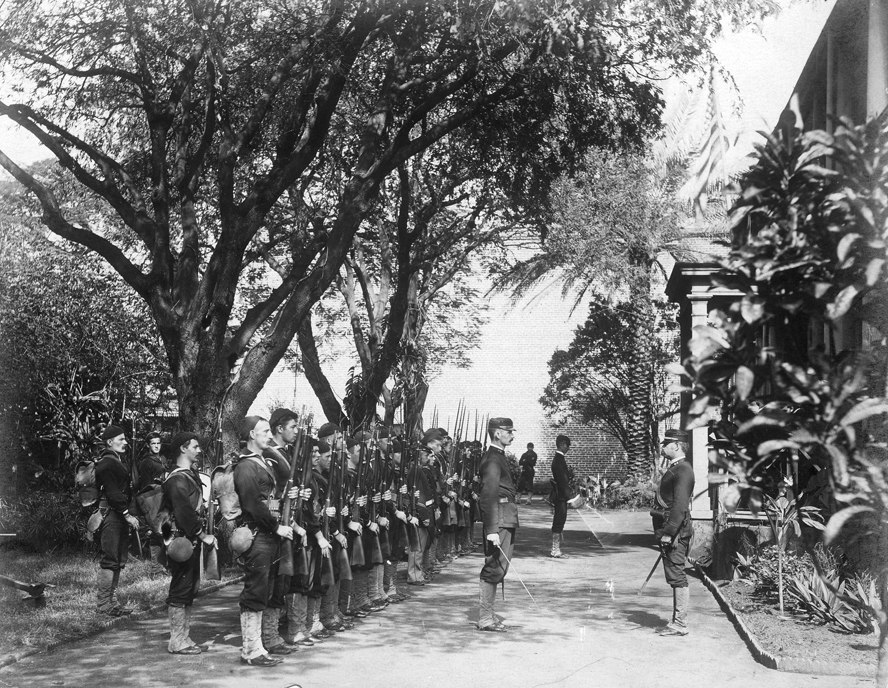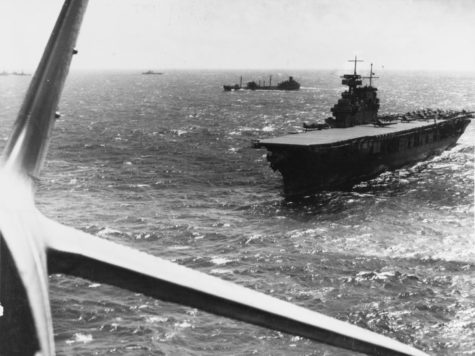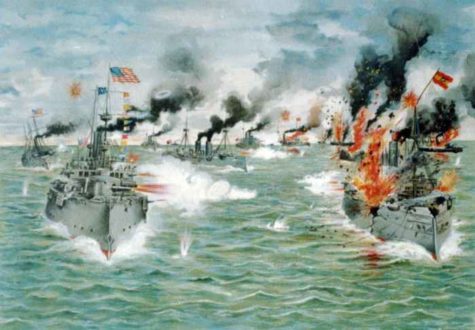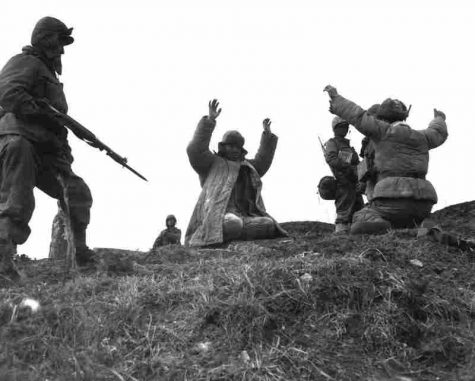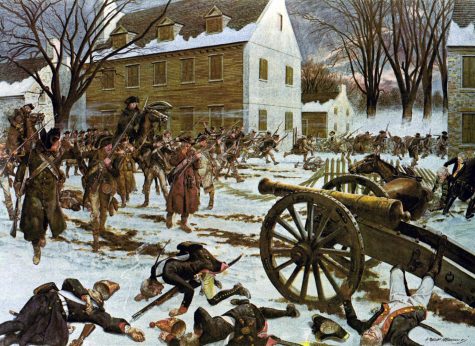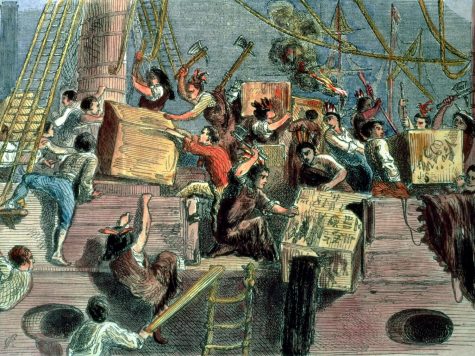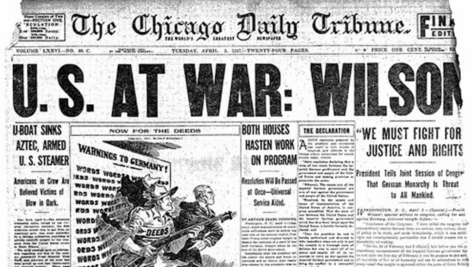U.S. Overthrows the Hawaiian Monarchy
Hawaiʻi is known for many things; grass skirts, pineapples, beautiful sunsets on the beach, and the violent insurrection that overthrew the monarchy and created a puppet government in its place. Hawaiʻi nowadays is known to Americans for being a peaceful tropical paradise, but it has a dark and violent history that many people are not aware of. On the small stretch of islands, three violent rebellions took place that would lead to complete U.S. control of the island.
Hawaiʻi was known for its sugar exports when the first white-owned sugar plantation was established in 1835. Sugar was the lifeblood of the Hawaiian economy and helped to create strong ties with the United States. U.S. power began to grow even more when Hawaiian born westerners began to occupy seats in the local government. Religious missionaries also became a method of American influence, converting the local populace to Christianity.
Over time, establishing trade treaties with the U.S. became commonplace, with one of these deals giving the U.S. control of Pearl Harbor on January 20, 1887. Shortly afterward, a group of westerners drafted their own constitution and forced King Kalakaua to sign it. The Bayonet Constitution changed several laws, including whom the king could remove from the government, and made it illegal for people that do not own property valuing $3000 or have an annual income of $600 to vote. This constitution also allowed white people to retain their citizenship in their country of origin and still be considered citizens of the kingdom.
A second rebellion took place in 1888, now called the Wilcox Rebellion, which overthrew the King and established his sister as the new Queen of the Kingdom of Hawaiʻi. The rebellion got its name due to its organizer, Robert William Wilcox, a Hawaiian native and veteran of the Italian army. The plot was discovered, however, and Wilcox was exiled from Hawaiʻi. He would leave for San Francisco and return to Italy with his wife.
In 1891 the King Kalakaua died, putting his sister Princess Liliʻuokalani in power. She began to reverse the Bayonet Constitution that her brother had signed earlier. Her desire was to restore the power of the monarchy. Suddenly westerners had lost their voting privileges and influence in the Hawaiian government, making the western civilians overthrow the Queen. In 1893, a “safety committee” was formed by westerners with the support of 163 U.S. Marines and the U.S. cruiser, the Boston. The combined forces of the American army and the civilian plantation owners overthrew Queen Liliʻuokalani on the 17th of January. The leader of the rebellion, Sanford Ballard Dole, was established as the new President of the Hawaiian Kingdom. The U.S. government was quick to recognize the new government and declared the Kingdom as a protectorate of the United States. It would later become a territory on the 30th of April, 1900, and a state on August 21st, 1959.
Hawaiʻi is now engraved into the United States, and it is unlikely to break off at this time. However, it is important to look back at a state’s history and discover the journey that a state went through to join the U.S. Some states joined peacefully, while others joined after chaos; Hawaiʻi, the final piece to the United States, joined with a fight.
Sources:
https://www.history.com/this-day-in-history/americans-overthrow-hawaiian-monarchy
https://en.wikipedia.org/wiki/Overthrow_of_the_Hawaiian_Kingdom


